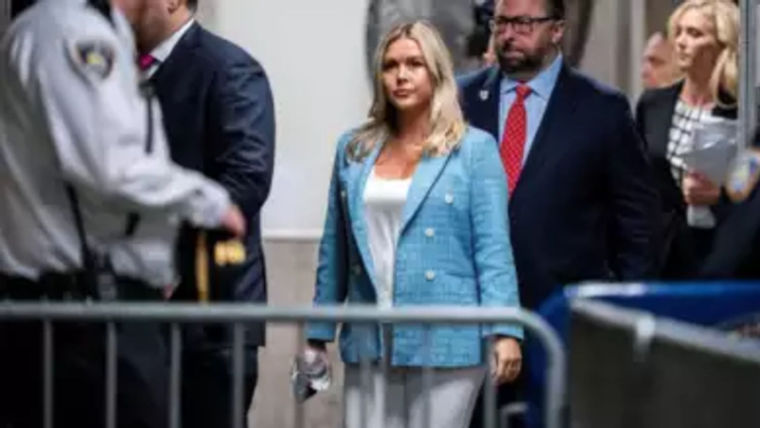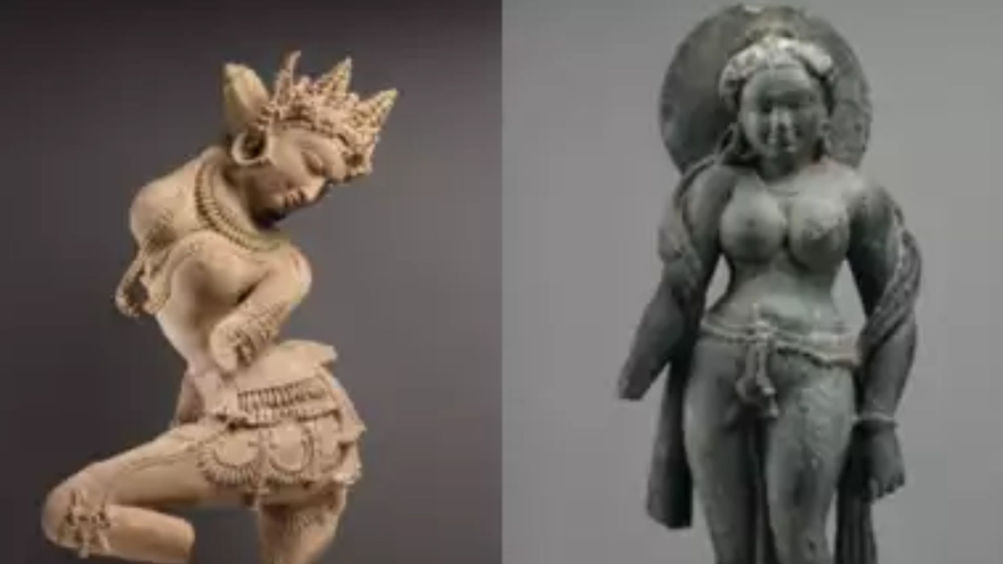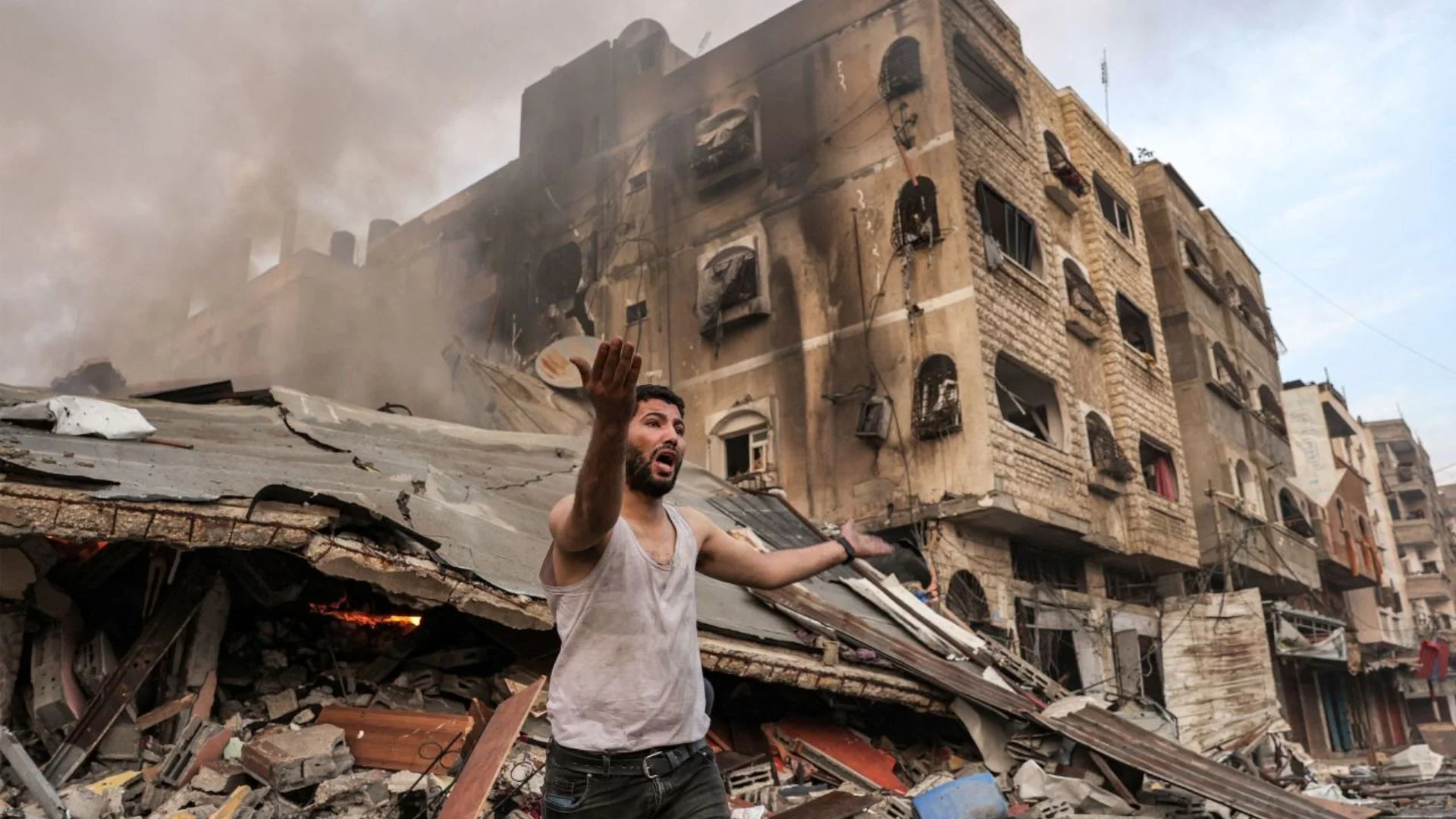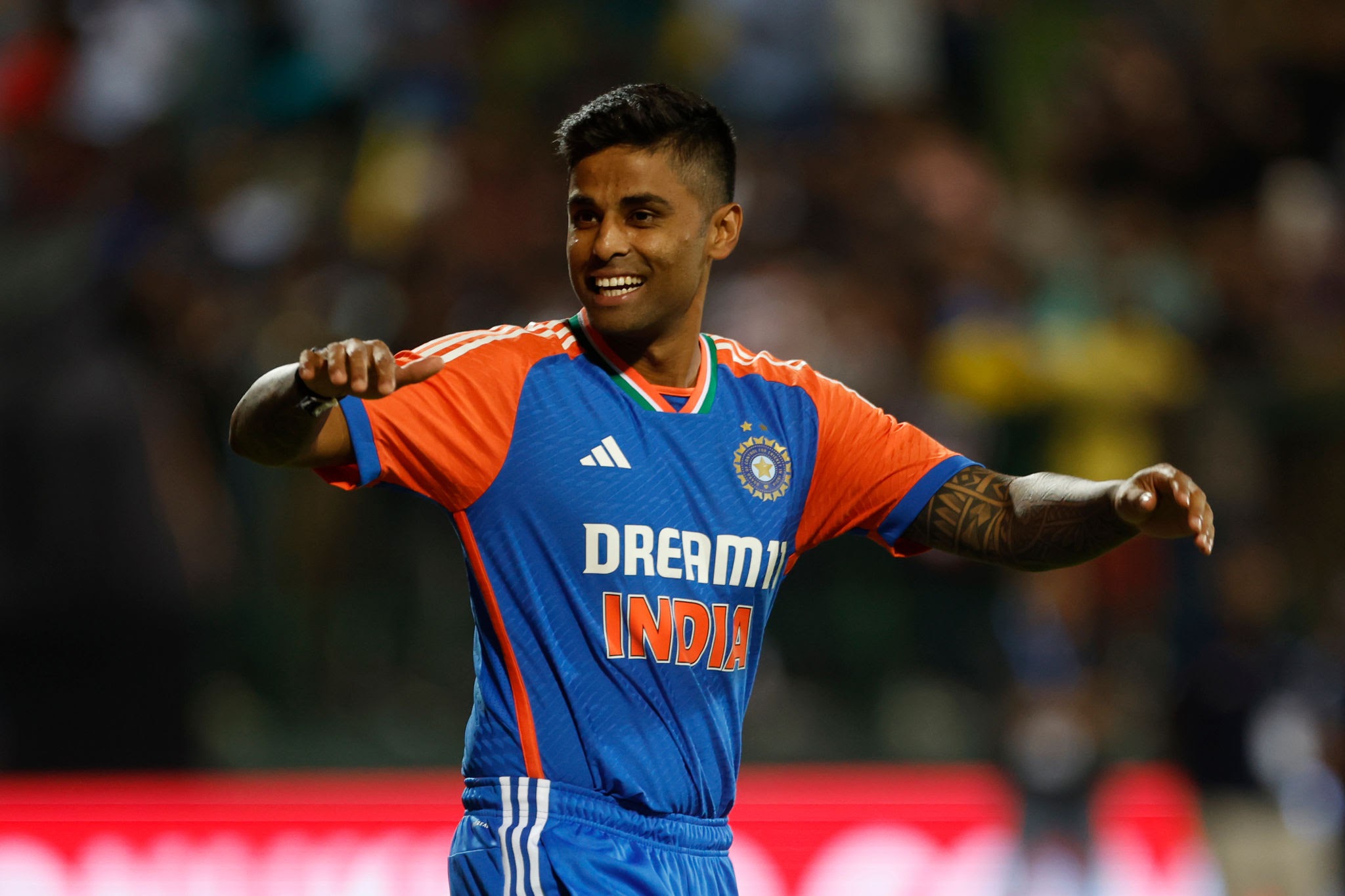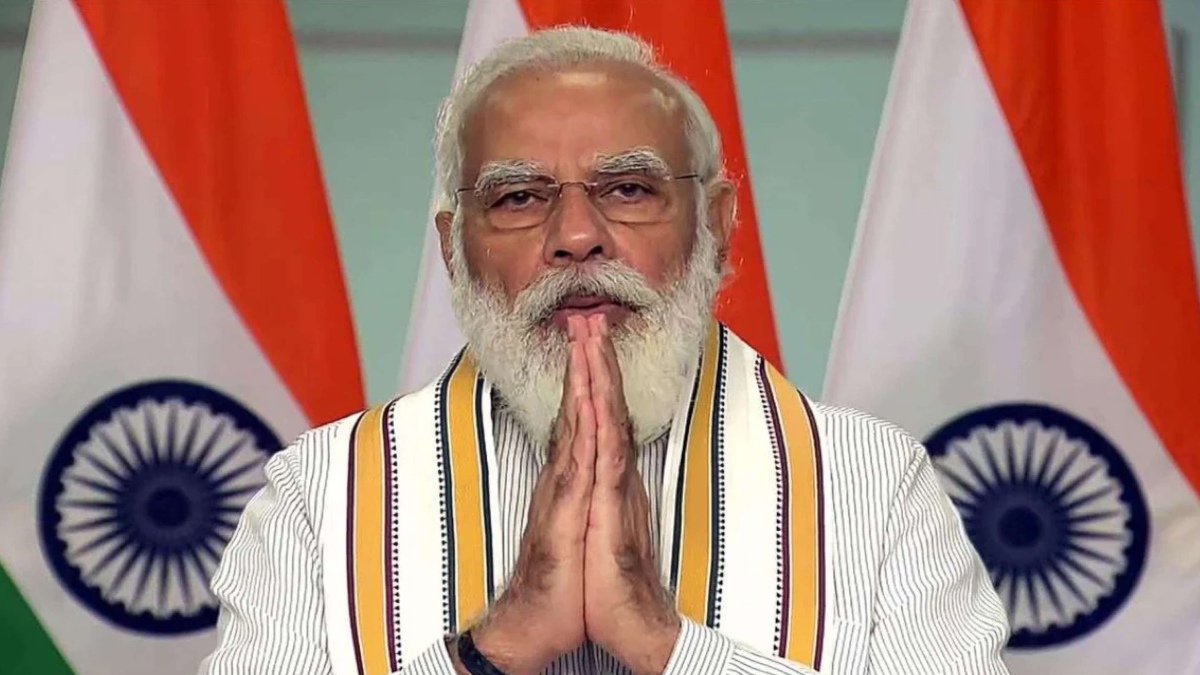
Prime Minister Narendra Modi has been the most popular and powerful leader in post-independent India. On the socio-political front, the historic step of abrogating Article 370 which came into effect in 1950, and Article 35-A, which came into effect in 1954, figure high on the list of his achievements.
President Ram Nath Kovind declared the abrogation of the provisions of Article 370 of the Constitution, which gave special status to Jammu and Kashmir. The move came after both houses of the Indian Parliament passed a resolution in this regard.
“In exercise of the powers conferred by clause (3) of Article 370 read with clause (1) of Article 370 of the Constitution of India, the President, on the recommendation of Parliament, is pleased to declare that, as from 6th August 2019, all clauses of the said Article 370 shall cease to be operative,” an official notification said.
This meant the separate constitutions of Jammu and Kashmir ceased to be in operation. With the State constitution rendered inoperative and Articles 1-2 applicable to Jammu and Kashmir, the Central government got the power to redraw the map of the erstwhile State. The Union Territory of Jammu-Kashmir got a new status comparable with that of Delhi and Puducherry, the only two other Union Territories to have legislatures of their own. The Governor of Jammu and Kashmir became Lieutenant Governor.
What was Article 370? Article 370, was a ‘temporary provision’ that granted special autonomous status to Jammu & Kashmir. Under Part XXI of the Constitution of India, which deals with “Temporary, Transitional and Special provisions”, Jammu & Kashmir had been accorded special status. All the provisions of the Constitution which applied to other States did not apply to J&K. According to this Article, except for defence, foreign affairs, finance, and communications, Parliament needed the J&K government’s concurrence for applying all other Indian laws. Thus J&K’s residents lived under a separate set of laws, including those related to citizenship, ownership of property, and fundamental rights, as compared to other Indians elsewhere in the country. As a result of this provision, Indian citizens from other States could not even purchase land or property in Jammu & Kashmir.
However, with Kashmir’s special status gone, people from anywhere in India can now buy the property and permanently settle in the state. A separate Union Territory was created for Jammu & Kashmir and the Ladakh region was also given the status of a Union Territory, albeit without legislature. In a masterstroke, the Modi government, by revoking Article 370 and Article 35-A, mainstreamed Jammu, Kashmir, and Ladakh, with the rest of India, as Article 370 was always discriminatory in more ways than one. With its revocation, the ball was set rolling for the return of Kashmiri Pandits who were forced to flee their homes in 1990, in one of the most horrific genocides in 1990.
The Modi government, on January 7, 2020, approved an industrial development scheme worth Rs 28,400 crore, for the Union Territory of Jammu and Kashmir, to give a fresh thrust on job creation, skill development, and attracting new investment. Its outlay is until 2037. Smaller units with an investment in plant and machinery up to Rs 50 crore will get a capital incentive up to Rs 7.5 crore and get capital interest subvention at the rate of 6%, for a maximum of seven years. What makes the scheme unique is the GST linked incentive that will ensure less compliance burden without compromising on transparency.
After the abrogation of Article 370, various public outreach programmes have been undertaken with the intent to take more than fifty central schemes to all the people of Jammu and Kashmir. For decades, the Abdullahs and Muftis treated this region as their personal fiefdom. The fact that in the recent district development council (DDC) elections, the BJP emerged as the single largest standalone Party, winning 75 seats and making inroads into hitherto impregnable areas like Srinagar, Bandipora, and Pulwama, is a clear vindication of Modi’s development-oriented politics. DDC elections, conducted in eight phases, saw an average voter turnout of over 51%, showcasing that there is genuine interest among the people of the valley to take part in the electoral process, because they foresee development and better quality of life for themselves and their future generations going forward. Even in the Panchayat elections held in 2018,the average voter turnout was 71%, marking the strength of grassroots democracy in Jammu and Kashmir.
In 2015, while announcing the ambitious Rs 80,000-crore development package for Jammu and Kashmir, from the Sher-e-Kashmir cricket stadium in Srinagar, PM Narendra Modi made a passionate mention of “Kashmiriyat, Jamhooriyat, and Insaniyat”, as in, Kashmiri culture, democracy, and humanity. “Kashmiriyat ke bina Hindustan adhura hai”, said Modi (Without Kashmiriyat, India is incomplete). The mega package that was to change the face of the militancy-hit region and draw the disillusioned back into the mainstream has been a resounding success. On the jobs’ front, over 3000 jobs were created for Kashmiri migrants in the last eighteen months. Financial assistance of Rs 578 crore through Direct Benefit Transfer (DBT) was provided to 12,588 displaced families (of the 36,384 families) from Pakistan-occupied Kashmir and Chhamb. Land was acquired for an IIT and an IIM in Jammu and the two AIIMS in Jammu and Awantipora in Kashmir respectively.
Power projects have moved at a fast pace. The Pakal Dul 1,000 MW project and the Srinagar-Leh transmission line are on course. Of the 28 small hydropower projects estimated to cost a total of Rs 2,000 crore, several projects have either already kicked off the ground or will do so soon enough.
The Rs 80,000 crore package consists of 63 major development projects being implemented by 15 Central Ministries. More than 79% of the total package has already been sanctioned and over 40% of the development package has either been released or utilised. The Chenani-Nashri tunnel, also known as the Patni-top or Syama Prasad Mookerjee tunnel, is not only India’s longest highway tunnel but also Asia’s longest bi-directional highway tunnel. The tunnel stretching 9.28 km, inaugurated by PM Modi in April 2017, is a huge achievement that is set to transform how different regions of India are connected across various terrains. The tunnel has reduced travel time between Jammu and Srinagar by two to four hours, reducing the distance by 31 km, which in turn has resulted in a huge reduction in the consumption of fuel. The Modi government estimates a reduction of Rs 27 lakh of fuel consumption per day, on average. Further, the tunnel is impervious to natural calamities such as landslides and avalanches which are common in the region. The core advantage the tunnel offers is permanent connectivity to the Kashmir valley, which was hitherto only intermittently connected.
The fact that Jammu and Kashmir has always been high on the Modi government’s priority list is best amplified by PM Modi’s launch of the Social Endeavour for Health and Telemedicine (SEHAT) scheme, on December 26, 2020. The scheme will cover the remaining one crore population which has not been covered under the Ayushman Bharat Scheme. With the launch of the Sehat scheme, Jammu and Kashmir are among the first in India to achieve universal health coverage. Currently, under Ayushman Bharat PM Jan Arogya Yojana (AB-PMJAY), which gives eligible beneficiaries a free health cover of Rs. 5 lakh, over 30 lakh people are already covered in Jammu and Kashmir.
An uneasy calm that had prevailed in the valley after the revocation of Article 370 and 35-A, has now paved way for higher business confidence and greater stability, with militancy and separatism, taking a backseat. Abrogation of Article 370 and 35-A have made it possible to implement the 7th pay commission recommendations and the Indian Penal Code (IPC) rather than the Ranbir Penal Code (RPC), which was in vogue all these years. Under Article 35-A no outsider could bag a government job. Earlier, companies were forced to hire only locals. Revocation of the above Articles has levelled the playing field in Jammu and Kashmir. No investor was willing to set up an industry, hotel, private educational institution, or private hospital since he or she could neither buy land or property. Their wards could not get government jobs or admission to colleges. In so many decades, there are barely any major national or international chains that have set up hotels in a tourist-centric region like J&K, preventing enrichment, resource generation, and job creation. But on August 5, 2019, Prime Minister Modi’s government reset the clock, undoing all the misguided wrongs of the jaded Nehruvian era in an unprecedented, epochal decision of abrogating Article 370 and 35-A. The rest is history. Recently,in a Clubhouse discussion, senior Congress leader and former Chief Minister of Madhya Pradesh, Digvijay Singh, notorious for being a loose cannon, said that the Congress Party would consider restoring Article 370 if it came to power, forgetting that the revocation of the said Article is full and final and cannot be undone. Also, the Congress Party has been reduced to a puny, fractious Party and cannot come back to power, as India is done with the Nehru-Gandhi dynasts.
J&K’s special status had thus far even shielded it from the applicability of Article 3 of the Constitution, which provides for re-drawing state boundaries or the creation of a new State/UT. But all that is in the past now, as Jammu and Kashmir which are UTs now are at the cusp of a sharp economic turnaround. Remember, Article 370 and 35-A empowered J&K to be a near-autonomous State since it limited the Centre’s authority to just external affairs, defence, finance and communication. This provision even allowed J&K to have a “Sadar-e-Riyasat” for governor and prime minister in place of a chief minister till 1965, as well as its own flag and constitution. Hence revoking Article 370— which was in any case, always temporary and transitional as per Part XXI of the Constitution— was long overdue. Before the revocation, the Union government needed the concurrence of the State government to even declare a financial emergency in the State, under Article 360.
As per the Constitution (Application to Jammu and Kashmir) Order, 2019, in place of this special status, all the provisions of the Indian Constitution will henceforth be applicable, which will help in mainstreaming Jammu and Kashmir. Article 35-A, which comes under Article 370, proscribed and prevented non-permanent residents of J&K from permanently settling in the State, buying immovable property, acquiring land, applying for government jobs, or any kind of scholarships, aids as well as other public welfare projects. The people of Jammu and Kashmir will now be treated as one, with no discrimination between permanent residents and non-permanent ones.
Article 35-A also referred to as the Permanent Residents Law, had thus far barred a woman (belonging to the state) from any property rights if she marries a person from outside the state. The provision also extended to the children of such women as they did not have any succession rights over the property. The revoking of this Article ended the age-old discrimination against women of J&K, who chose to marry outsiders.
The Modi government’s decision to revoke Article 370 has ensured stability, market access, and predictable laws in the state, to help develop an ecosystem that will give better rewards to the skills, hard work, and products of the people in the region.
“In today’s world, economic growth cannot happen in a closed environment. Open minds and open markets will ensure that the youth of the region will put it on the path of greater progress. The integration gives a boost to investment, innovation, and incomes,” Prime Minister Narendra Modi said post the revocation of the discriminatory Articles.
“Better connectivity, better linkages, and better investment will help products of the region to reach across the country and the world, leading to a virtuous cycle of growth and prosperity to the common man,” the PM added. And with the slew of infrastructure projects underway in the region, that is precisely what is happening.
It needs to be mentioned here that Jammu and Kashmir had received 10% of all Central grants given to States over the 2000-2016 period, despite having only 1% of the country’s population.
In contrast, Uttar Pradesh making up about 13% of India’s population received only 8.2% of Central grants in 2000-16. That means J&K, with a population of 12.55 million according to the 2011 Census, received Rs.91,300 per person over the sixteen years between 2000-2016, while Uttar Pradesh only received Rs.4,300 per person over the same period. Why did J&K not see any substantive development despite receiving a disproportionate amount of Central assistance? Well, funds alone cannot guarantee good governance if the political will is lacking and an enabling ecosystem is missing. In one historic sweep, the Prime Minister, on August 5, 2019, by mainstreaming Jammu and Kashmir with the rest of India, ensured that the region could prosper like any other without being beholden to a corrupt and conniving political class represented by the Abdullahs and Muftis who had used the special status of J&K to only accord special privileges unto themselves.
The fact that the Modi government truly abides by the dictum of “Sabka Saath, Sabka Vikas, and Sabka Vishwaas”, can be gauged from the inauguration of mega hydropower projects in Jammu on January 3, 2021. Memorandums of understanding (MoUs) were signed with National Hydroelectric Power Corporation (NHPC) to attract Rs 35,000 crore of investments besides ensuring a 24-hour power supply in the UT.
January 3 was a historic day as mega hydropower projects to make J&K a power surplus region in the country were inked. MoUs were signed for implementation of 850 MW Ratle HEP and 930 MW Kirthai-II HEP; execution of Sawalkot HEP (1856 MW), Uri-I (Stage-II) (240 MW), and Dulhasti (Stage-II) (258 MW) will further transform the economic landscape of Jammu and Kashmir. In the last 70 odd years, J&K was able to generate only 3504 MW energy. But in the next four years, the UT will generate additional 3,498 MW of electricity to ensure energy security of the region.
The 19 distribution and transmission projects inaugurated on January 3, 2021, would enhance the ease of living in the region, in addition to playing a significant role in raising per capita incomes, industrialisation and employment generation in J&K. The national average of electricity in rural areas is 20 hours and in urban areas is 22-23 hours, across India. J&K too will reach that milestone if the pace of development is kept steady. With locals being trained and given employment in NHPC ventures, J&K will see a new dawn of energy sufficiency and thereby inclusive development.
Indeed, J&K is taking a quantum leap from being power deficit to power surplus, in the next four years. Clean, affordable, and reliable energy is the key for industries, businesses, and society to grow. The Modi government has a well-laid out plan to effectively harness the hydro energy resources of J&K, to double the energy generation by 2024.The construction work on the Ring Road project, the widening of the National Highway from Pathankot to Jammu to make it six-lane from four-lane as well as the acquisition of land for the landmark Katra-Delhi Expressway road corridor have started in earnest in the Jammu region. Out of seven Centrally funded medical colleges, Jammu received four and Kashmir, three. As for recruitment to government jobs, hereafter the selection will be made purely based on written test, without an interview. Those including the Gupkar Alliance, who are raising a hue and cry against revocation of Article 370 are merely habitual pessimists, with rapidly declining political relevance. PM Modi’s aspirational and inclusive brand of politics is set to herald the winds of change in Jammu, Kashmir, and Ladakh, so that everyone has a shot at growth with a better quality of life.
The writer is an economist, BJP national spokesperson, and bestselling author of ‘Truth&Dare: The Modi Dynamic’. The views expressed are personal.
